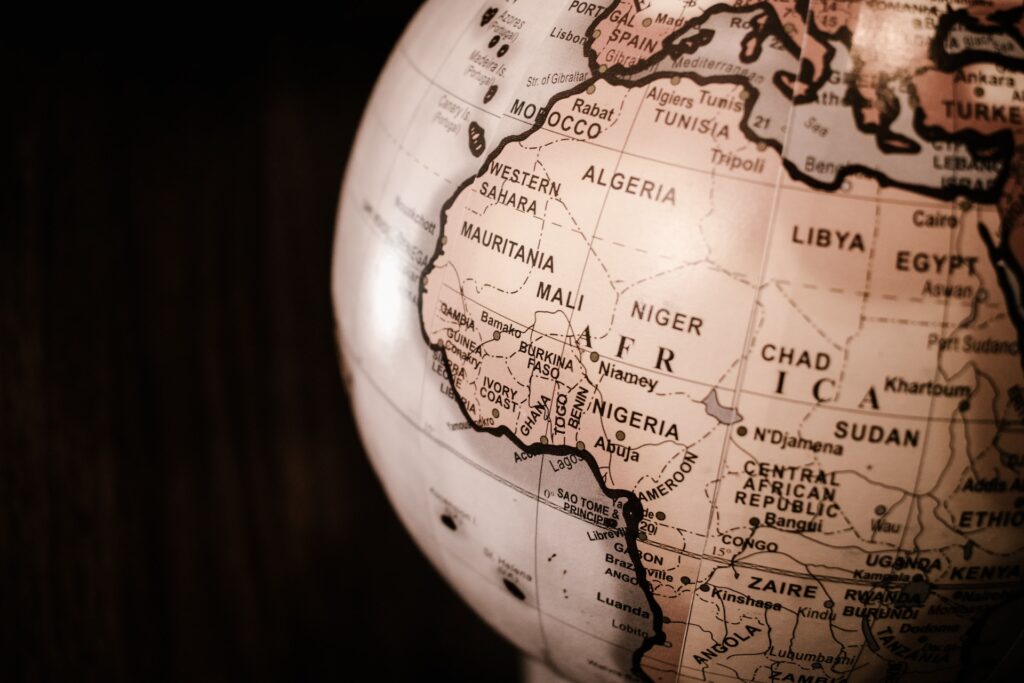
As an Amazon Associate, Modded gets commissions for purchases made through links in this post.
Which animal kills more people annually than wolves, sharks, lions, tigers and crocodiles combined? Hint — it’s already bitten you. The most dangerous animal in the world is the mosquito, which, by transmitting diseases like malaria and yellow fever, kills countless people every year. Just how deadly is this humble insect?
The Most Dangerous Animal Throughout History
Experts estimate that around 117 billion people have ever been born. Of that number, mosquitoes have killed as many as 50 billion individuals, meaning they may have directly extinguished almost half the human population.
How many potential Einsteins, Shakespeares and Curies succumbed to malaria before they could even walk? It’s truly shocking to think an insect could alter the course of history, but without mosquitoes, civilization might be much more advanced today. That’s why mosquitoes are considered the most dangerous animal in the world.

Which Deadly Diseases Do Mosquitoes Carry?
In the modern day, at least 700,000 people die every year from mosquito-borne illnesses such as:
Dengue
Also called dengue fever or break bone fever, this viral infection usually causes mild illness. However, it can also lead to severe muscle and joint pain, headaches, vomiting, high fever, abdominal pain and death.
West Nile Virus
This disease causes tremors, neck stiffness, muscle weakness, fever, headache and convulsions. It can also progress to a more serious condition characterized by neurological disease, which can be fatal.
Zika
The Zika virus may cause a rash, headache, fever, joint pain, muscle pain and conjunctivitis, also called pink eye. Adults with Zika can develop Guillain-Barré syndrome, which leads to severe muscle weakness or paralysis. Pregnant women who contract the disease often suffer miscarriages or give birth to babies with microcephaly, meaning their heads are smaller than normal.
Chikungunya
This virus typically causes a fever and joint pain. It can also cause a rash, joint swelling muscle pain and headaches. Rarely, patients may die from chikungunya.
Yellow Fever
Like many mosquito-borne illnesses, yellow fever often causes muscle pain, fever, headaches and nausea. It may also lead to jaundice — yellowing of the skin and eyes — which is how it got its name. According to the CDC, yellow fever kills an estimated 30,000 people every year, with 90% of the deaths occurring in Africa.
Malaria
Malaria is one of the world’s leading causes of death from a communicable disease, meaning a condition you catch rather than develop on your own. It is by far the deadliest mosquito-borne illness and is the reason mosquitoes are the most dangerous animal in the world. Malaria was responsible for 619,000 deaths in 2021, killing one child under five years old roughly every minute.
Malaria symptoms include vomiting, diarrhea, fever, chills, muscle aches, headache and exhaustion. Without prompt treatment, the disease can lead to seizures, kidney failure, confusion, coma and death.
Where Do Mosquitoes Kill the Most People?
Mosquito-related deaths are most common in poor, tropical countries. There are several reasons for this, but two of the main causes are the consistently high temperatures and rainfall mosquitoes need to survive and reproduce. In Iceland, for example, there are no mosquitoes whatsoever — it’s too cold year-round for them to live there.
In the world’s poorest nations, poverty poses a barrier to treating mosquito-borne diseases. Many people lack effective transportation to get to a doctor. They also may be unable to afford medication or preventive measures like mosquito nets.
Africa has some of the world’s most efficient malaria vectors, including the mosquito species Anopheles gambiae and Anopheles funestus. Both of these species easily pass malaria on to humans. The continent also has the deadliest malaria parasite itself — Plasmodium falciparum — which causes the most malaria-related deaths. Factoring in insecticide resistance and antimalarial drug resistance, it’s no wonder Africa suffers the most mosquito-related deaths worldwide.

Is Preventing Mosquito-Borne Illness Possible?
Today, there are 42 total malaria-free countries, many of which worked for years to eliminate the disease. Of course, several of these nations lacked mosquitoes to begin with, so the malaria-free status comes easier to some than others. It’s important to remember that many countries face an uphill battle against mosquito-borne disease because of factors like rainfall, temperature and highly effective mosquito and parasite species.
Still, efforts to eliminate mosquito-borne illness aren’t futile. Some of the most promising methods include:
Insect Sterilization
One way to lower mosquito numbers is to genetically modify mosquitoes using the sterile insect technique (SIT). SIT modifies male mosquitoes so they cannot reproduce. Females that mate with sterile males won’t have any offspring. Over several generations, the mosquito population gets smaller and smaller.
Another form of mosquito birth control is to infect the insects with Wolbachia. This bacteria affects mosquito sperm and sometimes prevents eggs from hatching. Infected mosquitoes can also pass the bacteria on to their offspring. When female Aedes aegypti mosquitoes — one of the main malaria carriers — are infected with Wolbachia, they become less likely to transmit malaria.
Insecticides
A bacteria called Bacillus thuringiensis israelensis (Bti) naturally occurs in the soil. It creates toxins that kill all mosquito larvae species. Bti is available in liquid and tablet forms to treat ponds, runoff and drinking water.
The pesticide known as DDT played a huge role in eliminating malaria in the United States. However, it turned out to be highly toxic to people and wildlife. Today, less-poisonous sprayable insecticides play a crucial role in preventing mosquitoes from colonizing homes and biting people outdoors.
Combined Efforts
Many developed countries have effectively eradicated diseases like malaria by treating patients quickly, installing window screens and building over wetlands that harbor mosquitoes. Antimalarial drugs also play a crucial role in preventing malaria.
Along with spraying insecticides and using genetic modification, these efforts have made it even harder for mosquitoes to spread disease. When fewer people are sick, mosquitoes are less likely to pick up an illness from someone’s blood that they could pass on to someone else.

Taking Down the Most Dangerous Animal in the World
Although the world’s most dangerous animal is small enough to kill with a flyswatter, its sheer numbers and infectious nature make it a leading cause of death in many countries. Mosquito-borne illness may have killed nearly half of all humans on Earth.
However, there is still hope for preventing further deaths, with many people hard at work to deter and eliminate mosquitoes. Someday — one can dream — the insect’s annoying hum will only be a distant memory.
Stay up to date with the latest by subscribing to Modded Minute.
Author
Jack Shaw is a senior writer at Modded. Jack is an avid enthusiast for keeping up with personal health and enjoying nature. He has over five years of experience writing in the men's lifestyle niche, and has written extensively on topics of fitness, exploring the outdoors and men's interests. His writings have been featured in SportsEd TV, Love Inc., and Offroad Xtreme among many more publications.






